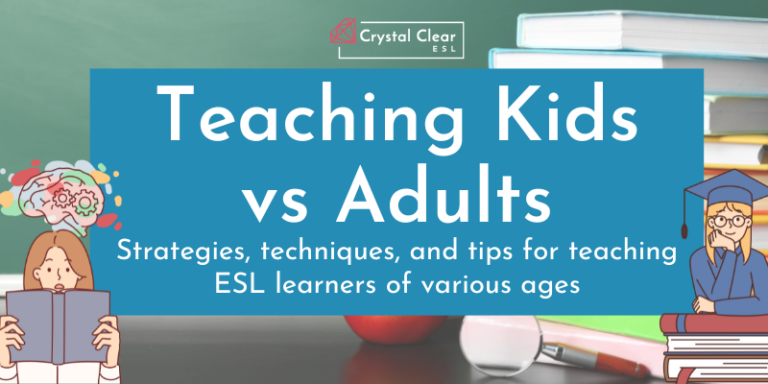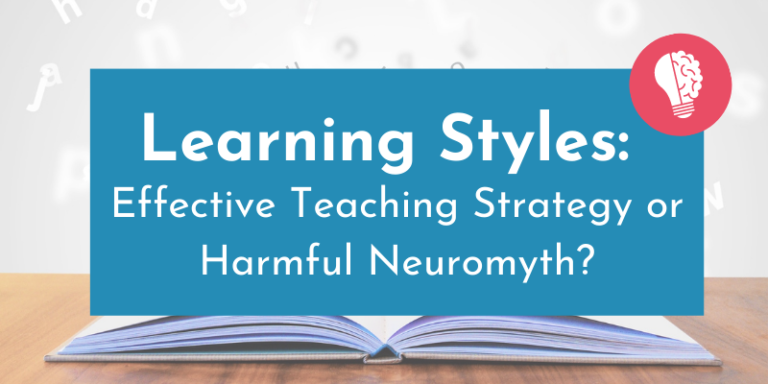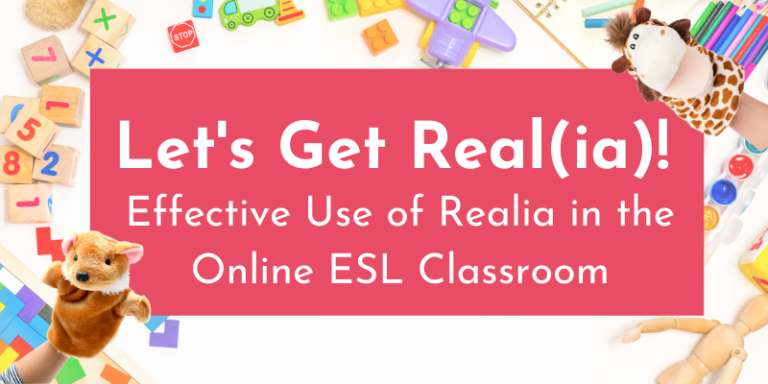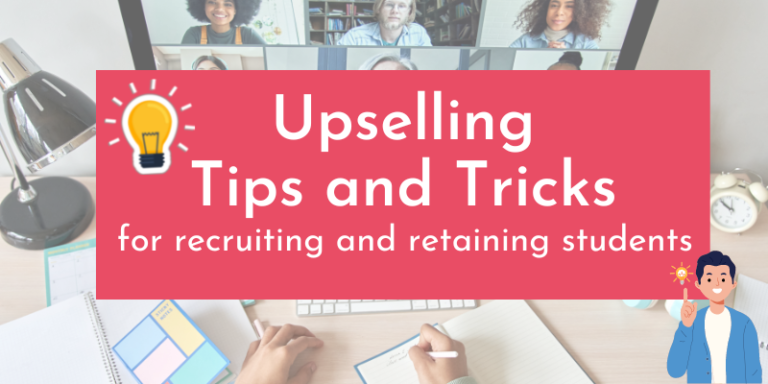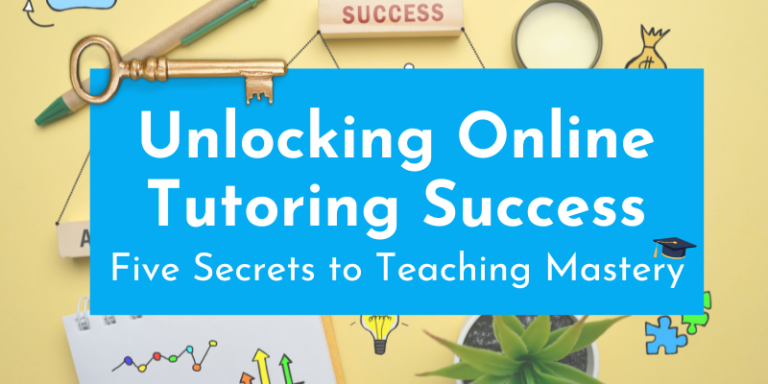Providing Student Feedback
Q: What is feedback?
Feedback is a verbal or written evaluation of a student’s ability and performance during a recent lesson, usually provided to the student or client immediately following said lesson.
Q: What does feedback include?
Feedback varies by student and by teacher, but I personally use the ‘compliment sandwich’ approach: point out a strength, then a specific area of improvement, and add another strength to wrap up. When I leave feedback for parents, I usually summarise the key words and concepts we have covered in class, as the parents won’t always have been present during the lesson. I use feedback to pre-teach for the following lesson, so my students have the opportunity to prepare for their next class, should they so choose. If I have assigned homework during my online lesson, I reiterate this in my feedback and clearly define my expectations and the due date.
Q: Why should I provide feedback?
Feedback gives an excellent opportunity to consolidate learning by reviewing key lesson objectives. In it, you can pre-teach future objectives, to give your student a chance to prepare for the class, thus boosting his or her confidence during lesson time. Feedback provides an opportunity for extension to class material where warranted by your student. Feedback can also clarify a lesson objective that may not have be adequately conceptualised in class.
Q: What are the biggest benefits of providing feedback?
In my experience, the two biggest benefits of feedback for a freelance teacher are progress-tracking and relationship-building. These two factors are what keeps your client returning to you, continuing to buy your class packages. When you sign-post your student’s achievement regularly, they never forget the value you are providing. I ensure my feedback is in keeping with the formal style employed by my particular niche cultures, while also using plenty of praise and positive language to bolster my students’ confidence and regard for me, as their teacher.
Q: Should feedback be written or verbal?
When it comes to beginners, I recommend typing out your feedback; reading tends to be a stronger skill initially. I save time by standardising my feedback using a Google form that is auto-sent to me, and I can then forward directly to my client. You can use this form, too* or create your own through your Google account. That said, whenever you feel it’s appropriate, I highly rate verbal feedback. I see verbal feedback as a free gift with purchase of my lesson – a personalised listening activity! I have found the website, www.123apps.com really helpful for free audio recording. I then text message or email the audio feedback to my client. An important consideration when providing audio feedback, however, is that recipients may have more limited opportunities to listen than if they received a written feedback. Your business student may be able to scan your message during a boring meeting, for example, but certainly won’t be able to play an audio file!
Q: How often should I provide feedback?
Frequency of feedback is down to teacher preference, but it should not become a massive time suck. I schedule my freelance classes with five-minute intervals between each, during which time I write or record feedback supplied by text message. Additionally, the step-by-step general curriculum at Crystal Clear ESL includes a built-in assessment at the end of each unit (every eighth lesson), which I quickly and easily convert to more comprehensive feedback to summarise achievements and practice points for my student.
Top Tips for Feedback:
- be prompt: keep your feedback relevant by supplying it immediately following the lesson
- lead with and prioritise praise – this encourages motivation to learn and a liking of you
- be specific – take notes during your class and use actual quotes as reference
- be discerning – don’t overload your student by detailing every possible point for improvement; rather, highlight one or two suggestions per feedback
- be clear and unambiguous – remember your student’s English ability
- set goals that reference the student’s needs or wishes, and make sure these are attainable
- end on a positive note, for example, stating how much you are looking forward to seeing the student again. Don’t lose sight of your business goals.
* The Crystal Clear ESL Student Feedback Form is free and available for subscribers’ use, however, by submitting your (or your students’) email address(es) you are consenting to periodic updates from Crystal Clear ESL. Your contact details will always be stored in compliance with GDPR and never shared or sold.


